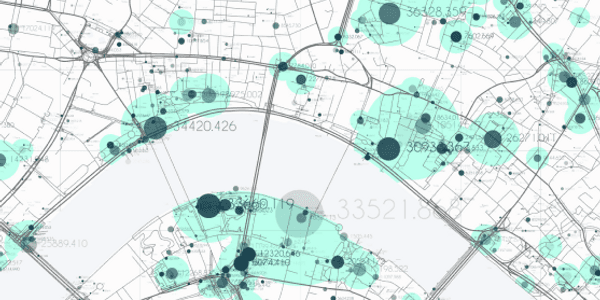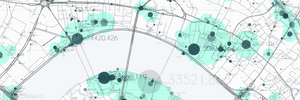Supply chains methodology
How we calculate our supply chains datasets

The Spatially Explicit Information on Production to Consumption Systems (SEI-PCS) model
The starting point for applying the SEI-PCS approach to a specific country and commodity is national-level export data, linking countries of production to downstream traders and countries of import. We then apply the SEI-PCS approach to map subnational trade flows, discriminating production regions down to the lowest level of government administrative unit that the data and the complexity of the supply chain allow. Often this is defined by the availability of production data at subnational scales. Whilst it may be possible in some contexts to link supply chains to individual farms or production areas, the core focus of Trase is on mapping to subnational regions of production. We designate three different approaches for this sub-national analysis:
- Version 1 supply chain maps rely heavily on modelling techniques, typically using transportation costs and constrained optimization algorithms to allocate export volumes to individual production regions.
- Version 2 supply chain maps use a more data-driven approach that identifies the subnational origin of individual material trade flows within the trade and customs information, and triangulates this information with other independent data sets. Modelling techniques are applied in mapping volumes from sub-national processing facilities to production regions. Currently, we are only able to use this approach in mapping exports from Brazil.
- Version 3 supply chain maps use the same data-driven approach as version 2 that identifies the subnational origin of individual material trade flows within the trade and customs information, and triangulates this information with other independent data sets. However, version 3 maps enable us to map exports back to individual production areas (e.g. farms, concessions) rather than regional administrative boundaries (e.g. districts). This approach requires a high level of transparency in the supply chain and we are currently only able to implement it in mapping Indonesian pulp exports.
If you are interested in more detail, please see our presentation on the supply chain mapping methods that underpin Trase or watch our FAQ videos.
Subnational supply chains
While the modelling framework and decision logic that underpin the SEI-PCS approach are transferable between different commodities and countries, each model of SEI-PCS is highly tailored to a specific country and commodity context, requiring detailed knowledge of national production, logistics, taxation and other commodity-country-specific data.
Trase does not use any private or confidential information. All data sources are either publicly available (including from government and industry websites as well as repositories) or available for purchase (such as from trade intelligence companies and government repositories).
A summary of the methods and data sources used for each supply chain map, as well as descriptive statistics of that supply chain, are provided below.

